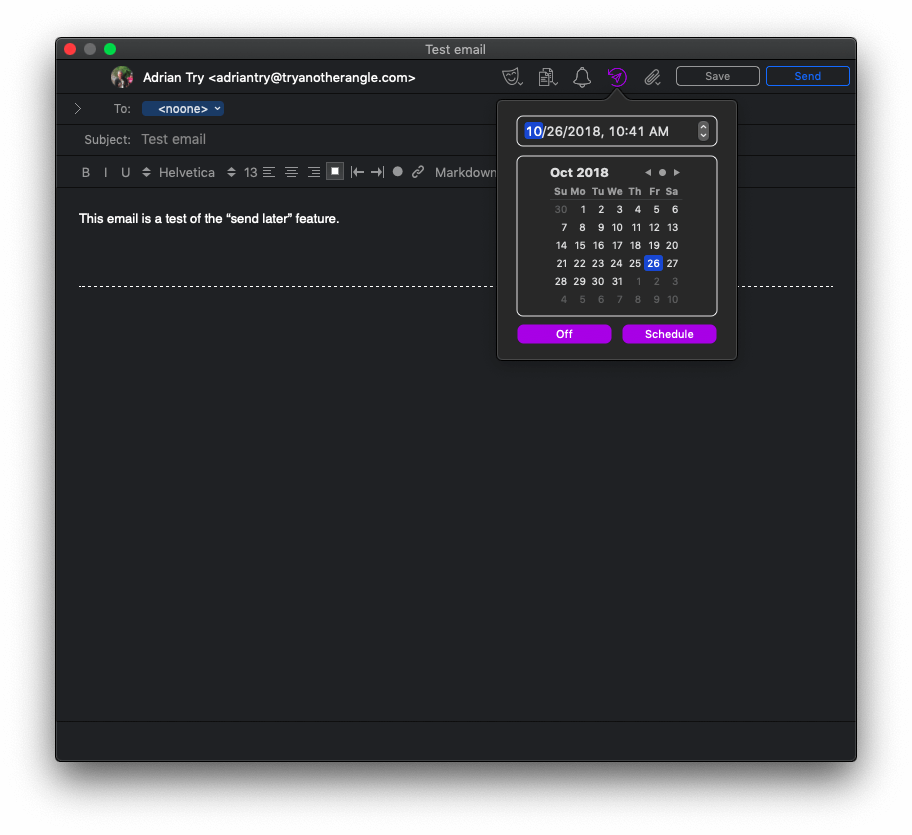


This way you can make a completely basic and minimalist interface, or you can make it full-featured with buttons and icons all over. We described Airmail’s default interface, and each of these columns can be turned on/off, and adjusted to your needs.

There’s a list of messages in a middle-positioned column (which some additional features like “New Message” or “Quick Reply”), and the rest of Airmail’s interface is dedicated to your e-mail message. You’ll get to use left-positioned sidebar with large icons for inbox, starred messages, folders and tags, drafts and the rest of standard options. Now since Airmail made its way into the Mac App Store, we decided to test it and see if we can confirm our previous rating for this app (which was 4.5/5 at that time).Įven more than in its beta version, final version of Airmail resembles Sparrow in its default form. On the other hand, Apple’s Mail is capable yet very simple, but lacks some features needed by advanced users.īack in March, we reviewed a very interesting e-mail client, named Airmail, which was still in its open beta phase. As you probably know, Outlook is overcrowded with features which could be nicely utilized, but this e-mail client hasn’t been updated for several years now. However, these two applications, even completely different as they are, can’t offer anything new or innovating at their current state. This seems to be a forgotten area for some time, where Apple’s Mail and Microsoft’s Outlook dominated. One of the latest trends throughout OS X and iOS software development are all-capable e-mail clients.


 0 kommentar(er)
0 kommentar(er)
